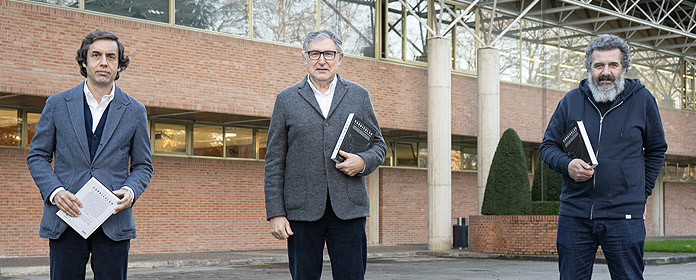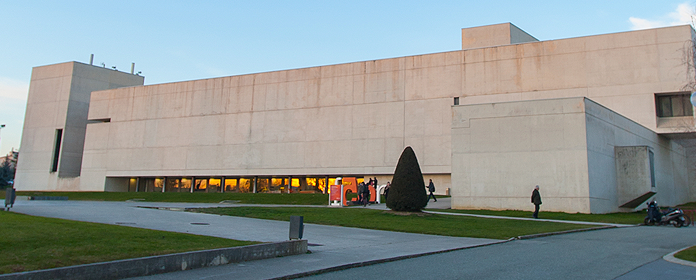A research explains how the first mental Structures are built after birth.
One of the world's leading cognitive psychologists publishes a article in a Cambridge journal together with a researcher from the University of Navarra.
One of the world's leading cognitive psychologists, together with a researcher of the Institute for Culture and Society (ICS) of the University of Navarra, explains in a article how the first mental Structures are constructed in the months after birth. The work by Jean Mandler, professor at the University of California (San Diego) and Cristóbal Pagán, linguist at the ICS' project 'Public discourse' at ICS, has been published in Language and Cognition, a high-impact journal from Cambridge University Press.
According to the authors, spatial cognition is the core topic of the processes of the training of concepts in the earliest stages of life: "The newborn can attend to movements and other spatial relationships that serve as the basis for more complex conceptualizations, such as time or emotions". And they add that these early habits may still be present even in the most complex aspects of language.
Specifically, they focus on the interpretations of events that children observe and take part in during the first six to seven months of life. "There is no data showing that during this period children have concepts of inner feelings. They experience some of them, such as the force that moves them, pain and emotion, but no one has indicated how they are conceptually represented in the first months," they point out.
Use of image schemes: examples of early emergence.The doctors propose three different types of cognitive Structures under the generic term 'image schemas', which had not been differentiated until now in the scientific literature. These are spatial primitives, the first conceptual elements formed in infancy; image schemas, simple spatial stories built from the first; and schematic integrations, which use the first two to build concepts that include non-spatial elements, such as force and emotion.
As examples of early onset of the use of image schemas, the experts mention how children under one year of age imitate a wink of the eyes, the opening and closing of the hand and mouth, and later, the game of covering their face with a pillow and uncovering it. They also cite the results of some experiments, such as that children aged 9 to 12 months tend to look at an upward arrow when they hear ascending tones and a downward arrow with descending tones, or that they look at a dotted line instead of a continuous line when they hear beeps (beep-beep-beep.).
"Before verbal activity begins, there is already a rich system of conceptual Structures and cognitive habits," they stress. "language and culture are necessarily built into this system: they enhance and change it, sometimes dramatically, but they are also influenced by it."
For the San Diego and ICS doctors, "to understand metaphor,embodiment and the creation of new concepts in general, it is necessary to understand these phenomena as part of a story, of a narrative that accounts for the human development from birth itself".




